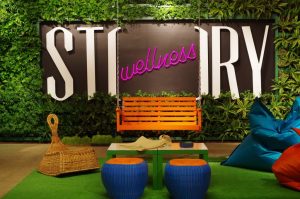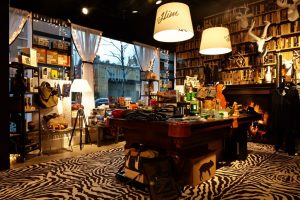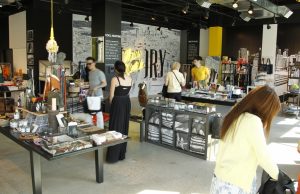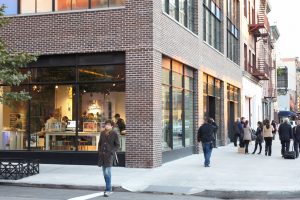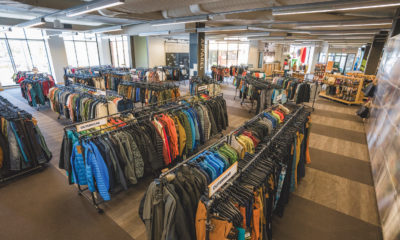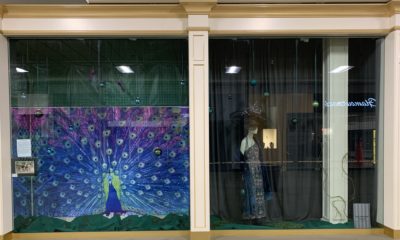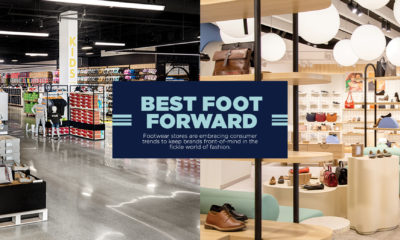The staying power of retail is predicated on its ability to embrace change. The early merchant princes incorporated the newest technologies of the day to entice shoppers into stores. And while merchandise offerings and technologies have changed, the idea of a store as a physical space to house and sell goods has not. Now, even in the face of online sales increases, the physical store is not going away. However, smart retailers know they must adjust their approach to brick and mortar retail.
Rachel Shechtman, the founder of Story, a 2000-square-foot retail space in the Chelsea section of New York, looks beyond the confines of square footage. To her, the physical store is analogous to a magazine, with a new issue produced every four to eight weeks. “Magazines tell stories with pictures and articles,” Shechtman says. “We tell stories with merchandising around a story and then hosting events to bring them to life.” And while the themed environment always changes, much like a gallery, Story sells product like any store. The difference is there is always a new Story, and the walls in the store are like pages of a magazine. Upon entering, customers are drawn to a wall projection that serves as the “magazine cover,” announcing the theme of the month.
Shechtman created a new and profitable business model based on constant change. She says, “In addition to the merchandise we sell, and events we host, we have other partners who pay to be part of our story. Technically, you could call them ‘sponsors’ but really they become part of the content and we consider them contributing storytellers or curators.”
In the past year, Story has featured eight different themes ranging from Color Story to New York Story and Wellness Story. The current theme, Made in the USA, takes visitors on a road trip across the country. Stops along the way include Boston, Brooklyn, Detroit and Seattle, featuring product and imagery from each location.
When a theme ends, the store closes for a week as it morphs into the next issue. The entire environment undergoes a complete transformation encompassing fixturing, signage, wall presentations and product. For each Story, Shechtman brings in different interior designers and architects. Some of the collaborating creative partners include: Snarkitecture, Rock Paper Robot, Clay Shortall & Associates, Tietz and Baccon, Jason Bell and Associates, Architizer, and HWKN.
Recognizing that consumers constantly get new content on their smartphones, Shechtman asked, “Why shouldn’t retail have fresh content in real life? If we have community online, why not create new vehicles for community offline?” In Story, where brands pay to be part of the experience or community, the overriding equation isn’t necessarily sales per square foot, but rather, experience per customer visit.
Advertisement
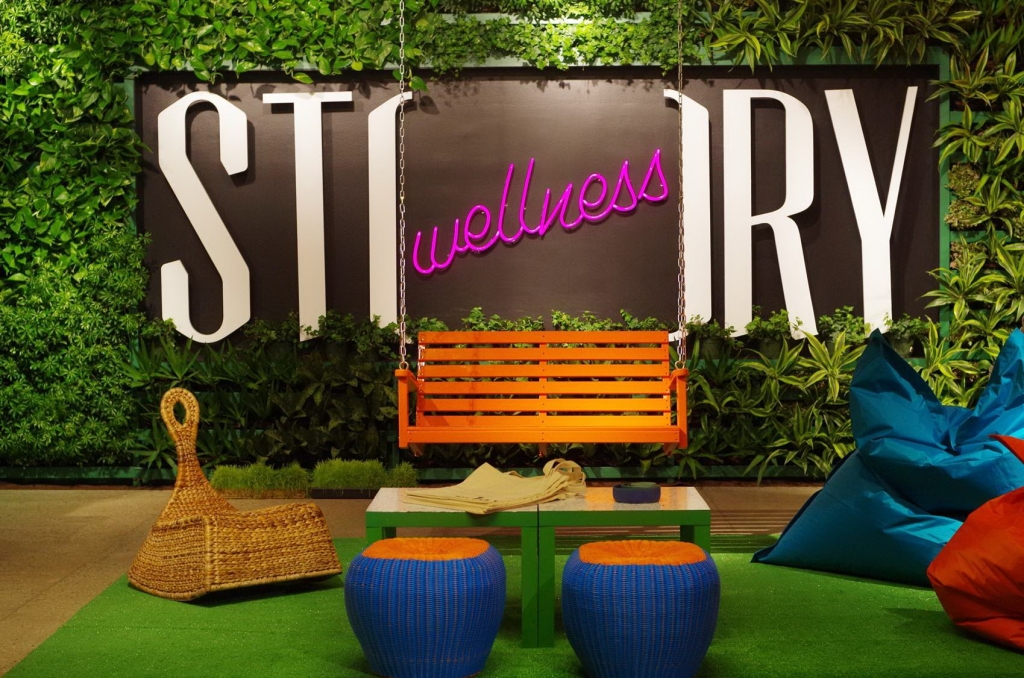

 Photo Gallery3 days ago
Photo Gallery3 days ago
 Headlines1 week ago
Headlines1 week ago
 Sector Spotlight2 weeks ago
Sector Spotlight2 weeks ago
 Headlines1 week ago
Headlines1 week ago
 Headlines4 days ago
Headlines4 days ago
 Headlines2 weeks ago
Headlines2 weeks ago
 Designer Dozen1 week ago
Designer Dozen1 week ago
 Headlines2 days ago
Headlines2 days ago
